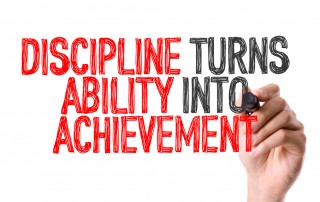Solving for Unproductive Workplace Conversations
How many conversations at work have you participated in or observed that went nowhere? Chances are, you can think of more than a few. The best workplace communicators understand these situations offer ripe opportunities to level-up discussion quality and improve outcomes. Here are ideas to help you do the same in your workplace:










